Japanese Title: Kino no Tabi: The Beautiful World
Related: Kino’s Journey: Life Goes On (prequel)
Kino’s Journey: The Land of Sickness (sequel)
Kino’s Journey: Tower Country (OVA)
Kino’s Journey: The Beautiful World Animated Series (2017 remake)
Similar: Mushi-shi
Watched in: Japanese & English
Genre: Psychological Slice of Life Adventure
Length: 13 episodes
Positives:
- Philosophy without the boredom.
- Intriguing exploration of society.
- Pleasant yet disturbing.
Negatives:
- The art is jank.
(Request an anime for review here.)
What a pleasant surprise to find an anime pitched as philosophical that is interesting! Usually, the best philosophy we find in anime is from series that don’t advertise this element, while those that do often curse us into a vegetative state of boredom.
Kino’s Journey follows the titular character Kino on her journey to see everything the world has to offer, meet its people, and learn of its societies accompanied by her talking motorcycle Hermes. They will pass through a town that believes the Apocalypse is tomorrow, discover what happened to a telepathically connected society, meet a robot nanny that cares for a wealthy family, and Kino will even fight for her right to first class citizenship in the most magnificent city.
The magic ingredient to the success of Kino’s Journey is in the ever crucial ‘show don’t tell’ story technique. It’s important in all stories, but particularly so for a philosophical piece if it means to engage the audience. At no point does this story tell you how you should feel or what you should think of a person or society. Do you agree with a town that forces kids to go from 12 years old to adulthood in a day, skipping the teenage years if it means making them better adults in society? What about two countries that go to war without casualties on either side at the expense a few tribesmen between the two? Less people die than if there were a real war, even in the tribe. Is it right? Kino’s Journey allows you to answer for yourself. At no point does it tie you down while it vomits philosophy down your throat until you get the message.
Mystery plays an important part, keeping you curious until the often-disturbing end each episode. Many of the stories are low-key disturbing. No one will overreact or show abhorrence to those involved, which only makes you, the audience, more uneasy. Kino’s Journey is pleasant even when it disturbs you. I love this subtlety.
One episode has Kino visit the greatest library in the land, where one can borrow any book in exchange for another – a bibliophile’s dream! However, writing books is banned. Why? The answer is a great commentary on the balance between creativity and criticism.
Outside of a two parter, each episode is a different story in a different location with vastly different people. The episodes always mix things up. You could easily see another series having dragged out each story for two to three episodes, but not Kino – it takes as little time as is necessary for you to connect to the characters and for the effect to sink in. This is an unpredictable world with threats around every corner. Kino doesn’t know whom to trust. Even during happier episodes, I anticipated it all going wrong in some sick twist at the last second. The nicer stories are a heart-warming change of pace.
I can’t finish without mentioning Kino herself. She is an unusual protagonist, though a perfect fit to the subdued tone. From her soft voice to her contemplative nature, she has subtlety to match the philosophy and rarely shows emotion. It’s rare to have an adventure protagonist that doesn’t explode with excitement at new discoveries. She may seem dull at first – she was for me – but she’s deceptively deep and you soon realise that a more animated lead wouldn’t work.
Like its protagonist, Kino’s Journey doesn’t look like much, yet its exploration of society, psychology, the meaning of life, and the human animal is a must watch for any anime fan.
Art – Low
Though I like the vintage art style, the animation leaves much to be desired. Kino’s Journey secured the budget of a niche title, which is regrettable if understandable. They couldn’t be sure a philosophical series would find success even when adapted from bestselling novels. The folk tale sequences are good storybook moments.
Sound – High
The acting is good in English, though the Japanese has the edge with a better Kino. Pleasant music, even when it gets disturbing – rarely shifts from that pleasant tone.
Story – Very High
A girl rides her talking motorcycle around the world to learn everything its societies have to offer in the understanding of humanity. The use of subtlety, pace, and deep exploration of Kino’s Journey’s themes makes it a resounding success.
Overall Quality – Very High
Recommendation: A must watch. Kino’s Journey is an excellent anime that even the philosophy-averse should watch. Stick to the original over the 2017 remake despite the polished visuals of the latter.
(Request reviews here. Find out more about the rating system here.)
Awards: (hover over each award to see descriptions; click award for more recipients)
Positive:
Negative: None


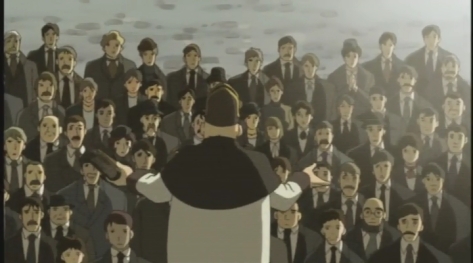
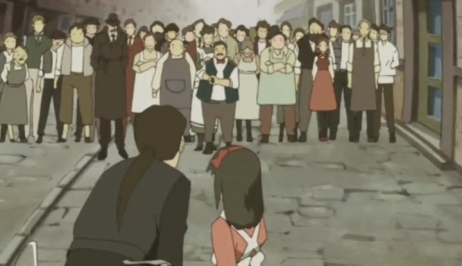
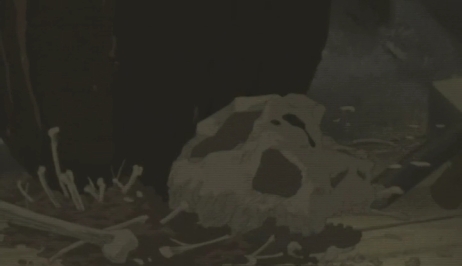

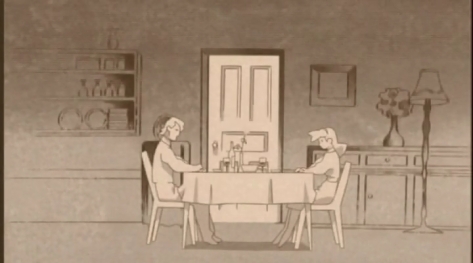
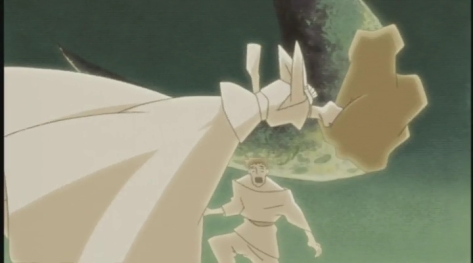


5 thoughts on “Kino’s Journey – Anime Review”